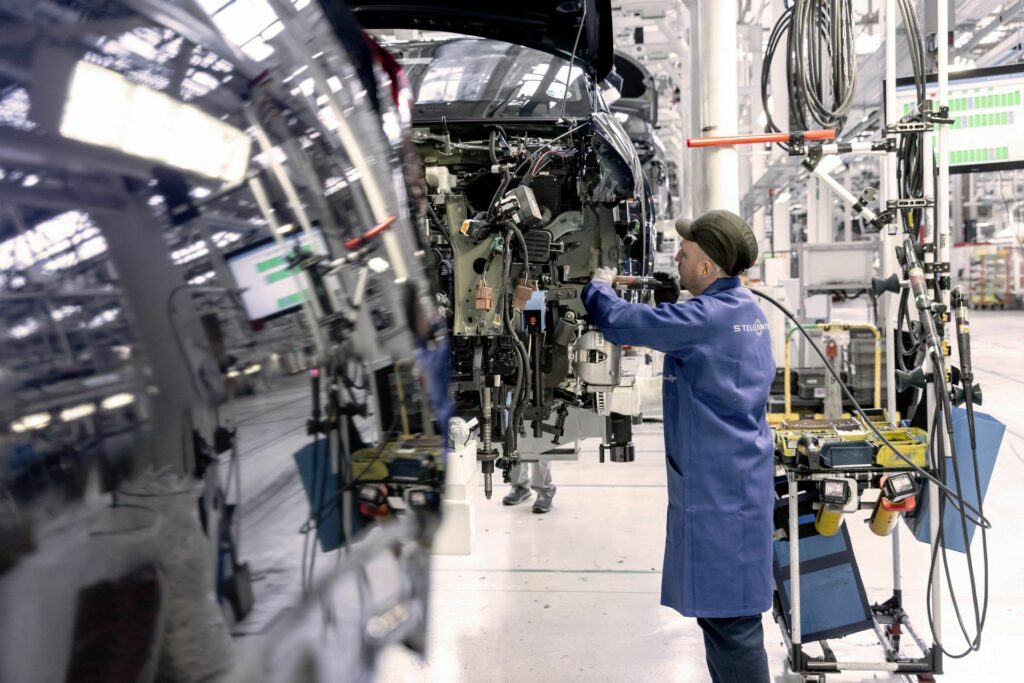Stellantis’ investments will include a battery assembly workshop and a new plastic injection molding area
6 hours ago
 –>
–> 
by Brad Anderson
–>
Stellantis is investing €160 million ($176 million) at its factory in Rennes, France to get it ready to build an all-electric SUV that’s set to hit the market in 2025.
Much of the car conglomerate’s investment will be used to establish a battery assembly workshop alongside the existing assembly line, per Reuters. The upgrades will also include an area dedicated to plastic injection molding, and building parts for front and rear modules.
Limited details are known about the EV that will be built at the site but Stellantis has confirmed it will be underpinned by its STLA Medium platform and current reports indicate that it will be a replacement for the Citroen C5 Aircross.
Read: Stellantis May Deliver Fewer ICE Cars To California And Other U.S. States In Light Of New Standards

“The allocation to the site is the direct consequence of their seriousness and involvement in manufacturing quality… Rennes will be a compact and efficient site, its agility allows it to engage in bold projects (while working) in favor of the environment,” Stellantis chief executive Carlos Tavares said of the investments.
Stellantis has already started training at the employees on EV production. It has also been confirmed that a 90,000 km2 solar plant will be up and running by 2025 and supply 30% of the plant’s electricity needs. Stellantis will also replace one of the factory’s gas boilers with a biomass boiler that uses locally sourced wood.
advertisement scroll to continue
While the outgoing Citroen C5 Aircross is offered with petrol, diesel, and hybrid powertrains, Tavares shot down suggestions that its successor will be offered with anything other than an electric powertrain.
Like its rivals, Stellantis is embarking on an ambition to electric vehicles. It plans to sell five million BEVs in 2030 alone and by 2030, is hoping to cut its carbon emissions by 50% before reaching net-zero emissions by 2038. The company also plans to double net revenue by 2030 and by that same date, hopes to generate more than $22 billion in free cash flow.
 –>
–> 
